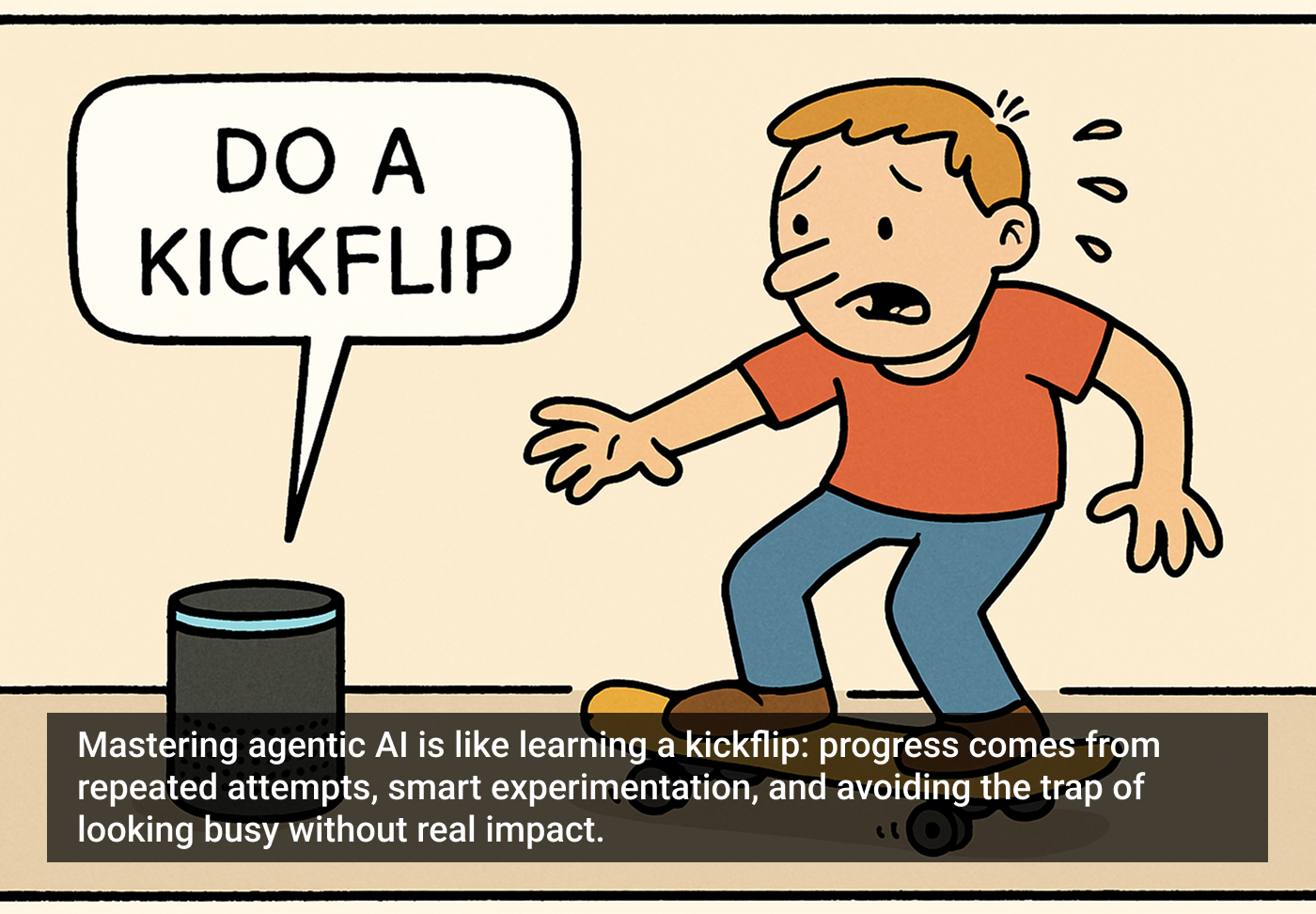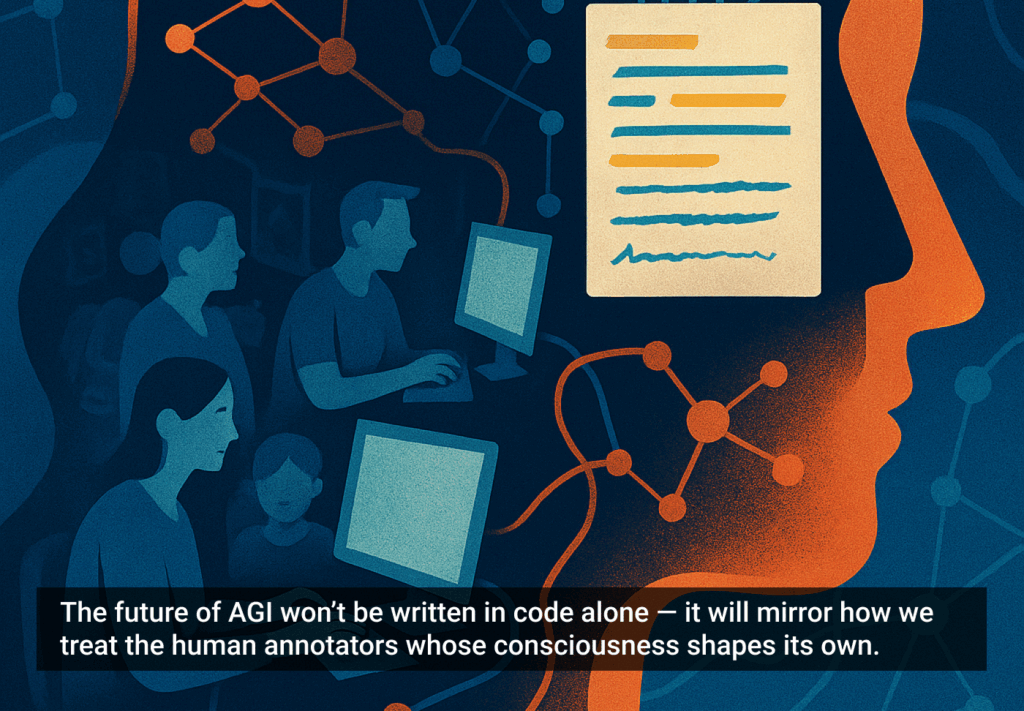A new study of an AI chatbot and smartphone app to reduce drinking shows that users do not like repetitiveness, lack of individualized guidance, and complicated setups. The study interviewed users to find out what barriers caused people to abandon either.
Apps and chatbots can deliver effective interventions to improve sleep, decrease alcohol use, and reduce anxiety and depression, but the challenge is keeping users on the app. Patterns of user engagement vary widely in terms of frequency, intensity, timing, and accessed features.
Sustained user engagement is a key factor in the success of psychological apps and chatbots. The number of app installs can be high, but only a small percentage of users use mental health apps consistently over time. One study found that after one week, only 5 to 19% of users continued to use mental health apps. Even when content is helpful, dropout rates are high.
Features that increase engagement are appealing visual design, easy navigation, goal setting, reminders, and feedback. New content and a supportive positive tone keep users coming back.
One way to measure user experience is using the mobile app rating scale (MARS) which examines dimensions of engagement, functionality, aesthetics, and information quality. Another method is conducting user experience interviews or looking at consumer reviews.
Researchers in a recent study conducted semi-structured user interviews and found that the top reasons users stopped engaging were due to technology glitches, notification issues, repetitive material, and a long or glitchy setup. With the AI chatbot, users were frustrated by repetitive conversation, lack of control over navigation, and delivery platform.
Here are six features to enhance user engagement of psychological AI apps and chatbots:
1. Make setup easy. Complicated and glitchy setup deters users. One participant in the study described how their data disappeared after reregistration was required. Informed consent is ethically necessary for apps and chatbots dealing with mental health personal data, but a streamlined setup is equally important.
2. Offer tracking. Tracking is an important way to get people to interact with the app or chatbot regularly. More importantly, tracking raises awareness and can change behavior. Mindfulness calls this developing an “observer mind,” a powerful stress management skill and catalyst for change. For example, tracking the number of alcoholic drinks one has daily helps people realize automatic habits.
3. Provide personalized feedback and accurate insights. Individualized guidance based on one’s data helps people get feedback or insight into their patterns. Tracking data around anxiety levels and timing can help predict anxiety episodes and narrow down potential triggers. Accuracy is critical. One participant described that the app said that they had met their daily goal when they had not. This lack of accuracy reduces user confidence in the app.
4. Make interactions less repetitive. Overly scripted and repetitive bots are not welcome. Like therapy, the therapeutic alliance between the user and the conversational agent determines whether people return. Novelty and a positive tone make the interaction therapeutic.
5. Ensure notifications are customizable, accurate, and timely. Faulty or absent notifications can deter users. If the app is based on changing daily habits, the timing of daily reminders is essential.
6. Prioritize user agency and avoid bottlenecking navigation with an unwelcome bot. Users should be able to navigate to resources on their own, rather than be forced to interact with a bot. Users described being frustrated with having to go through a bot to get to basic features. One participant in the study described how it felt “strange” to have the bot constantly bothering them when they were working on a task. This is like Microsoft’s Clippy, which caused a lot of user frustration.
These features will make psychological AI apps and chatbots more effective. Integrating personalized feedback, high-quality dynamic conversations, and a smooth glitch-free set up will improve both user engagement and enjoyment.








